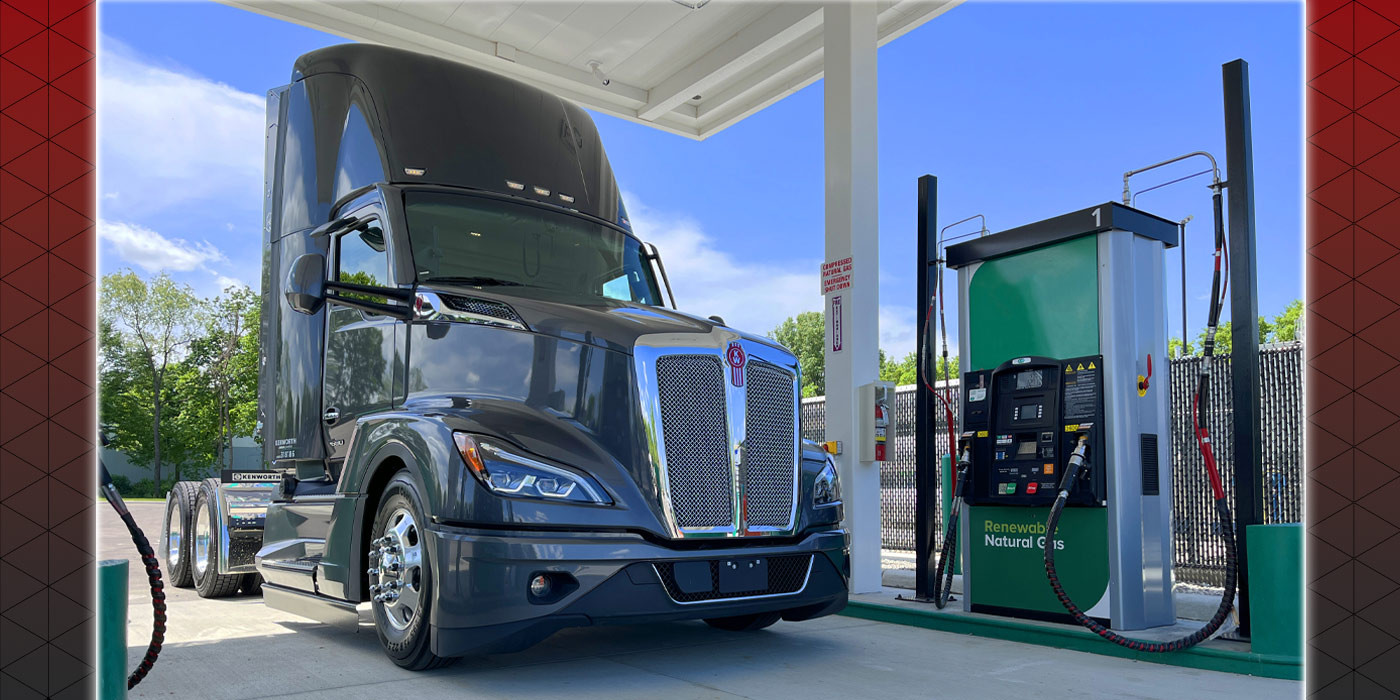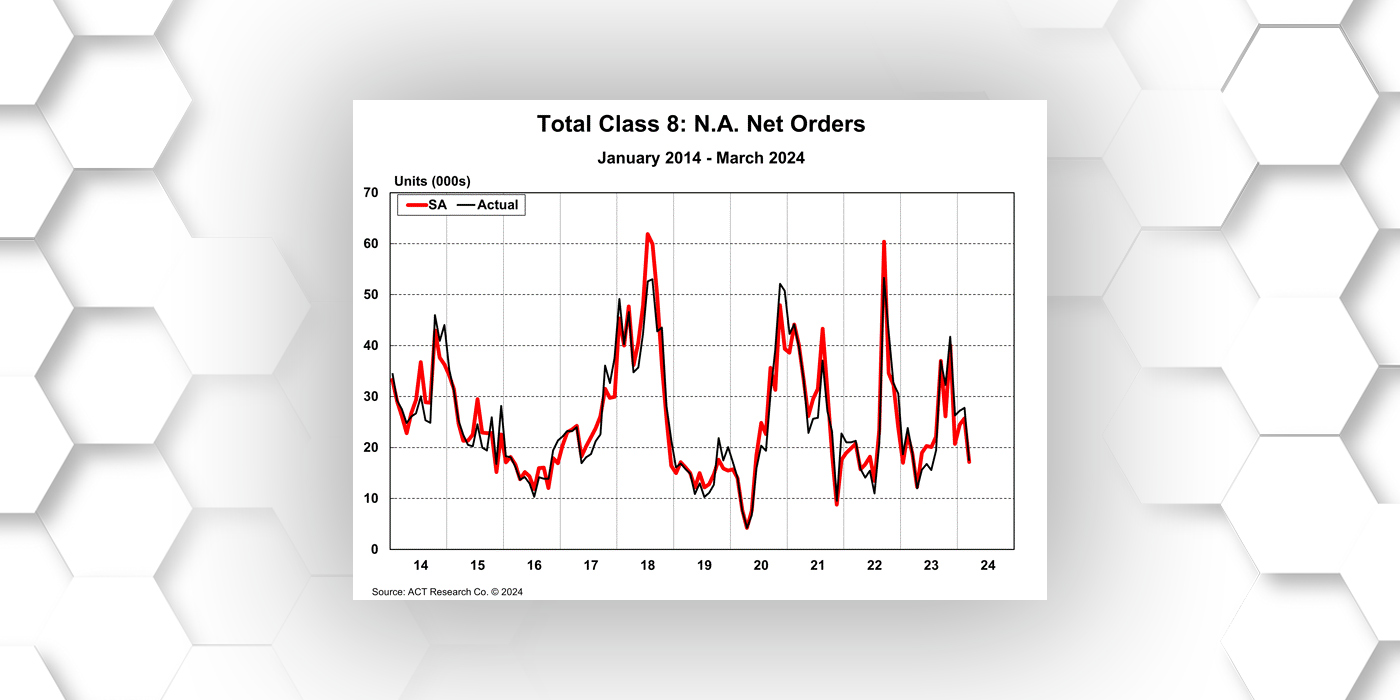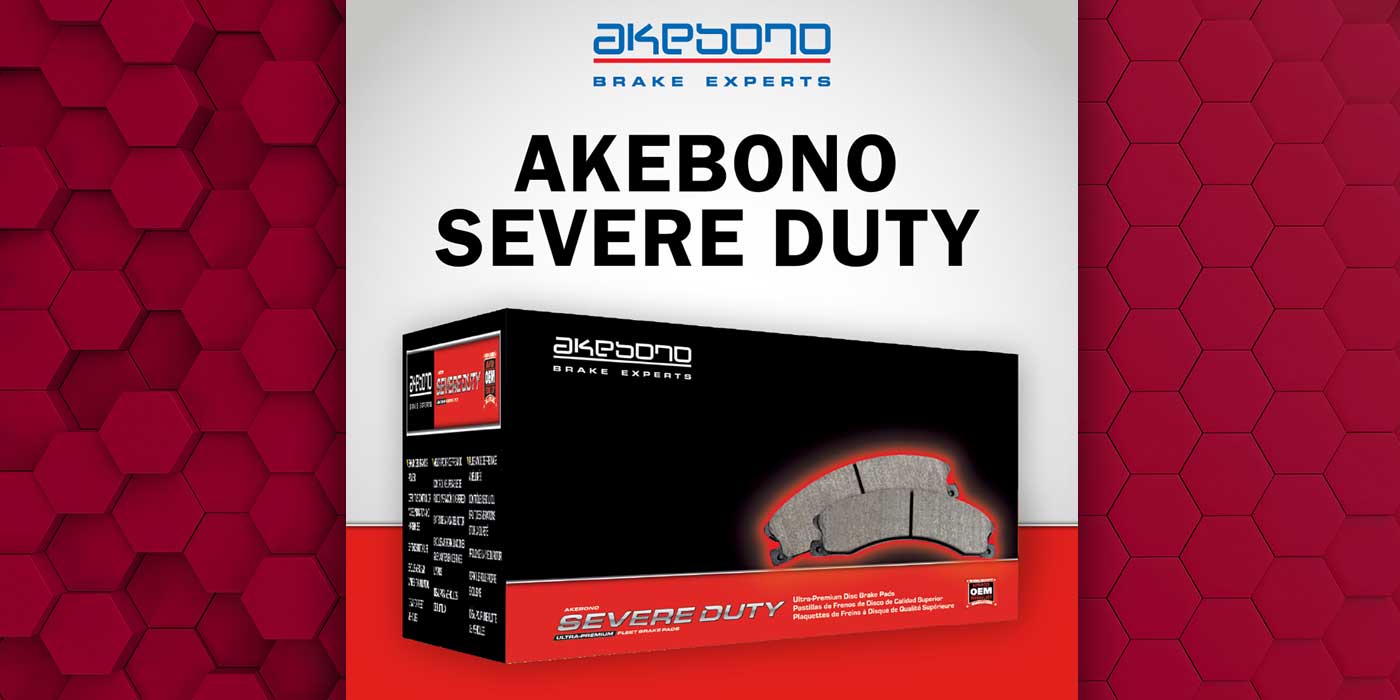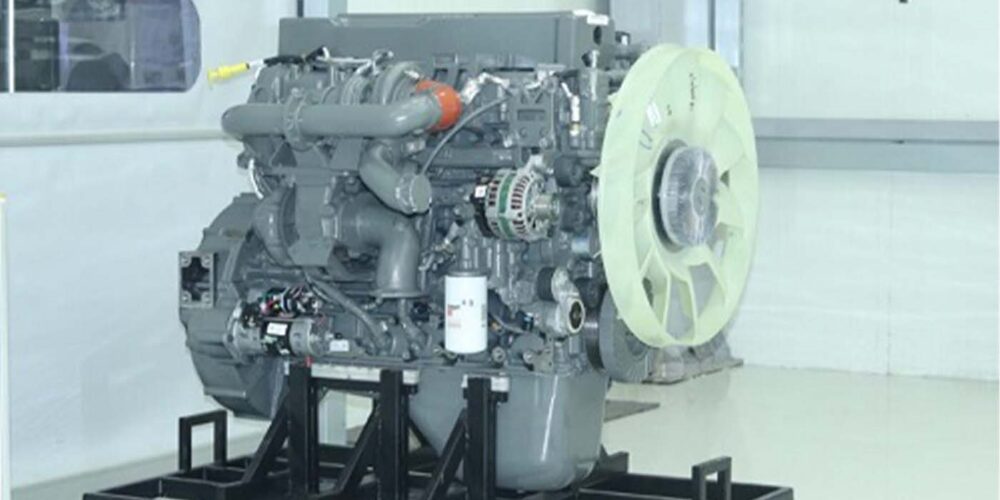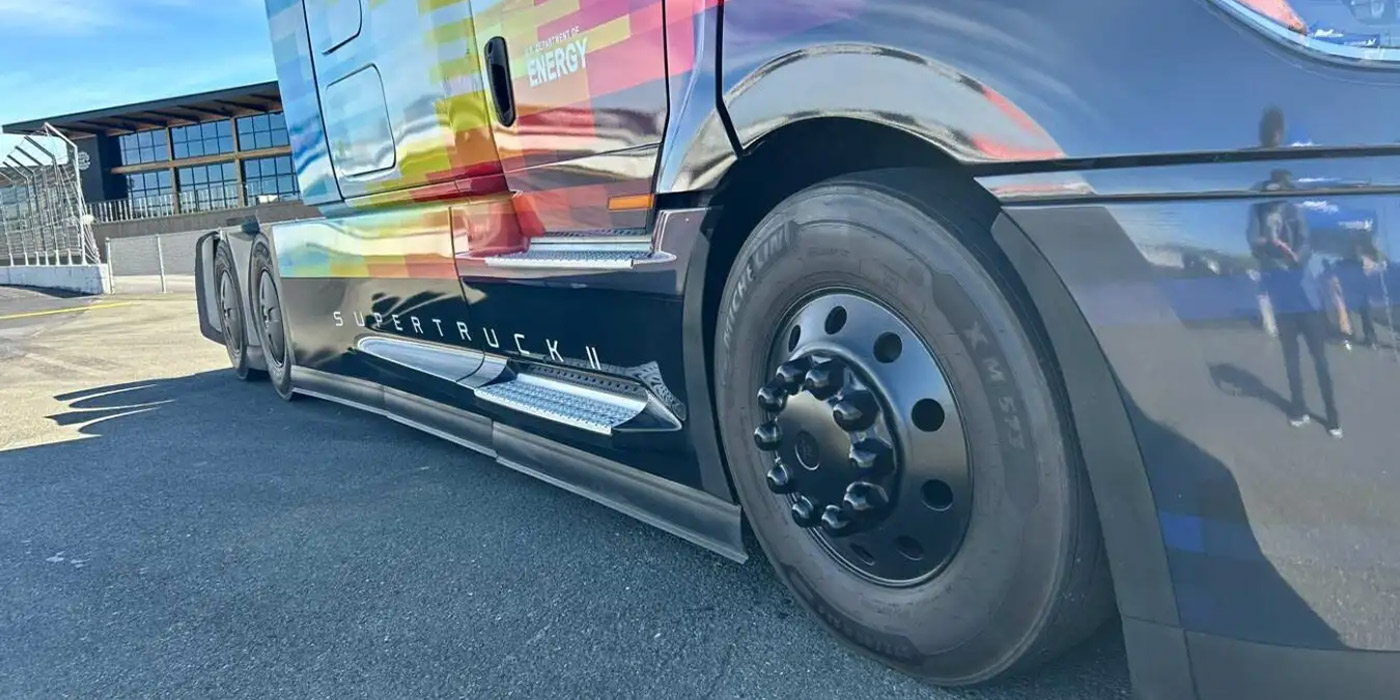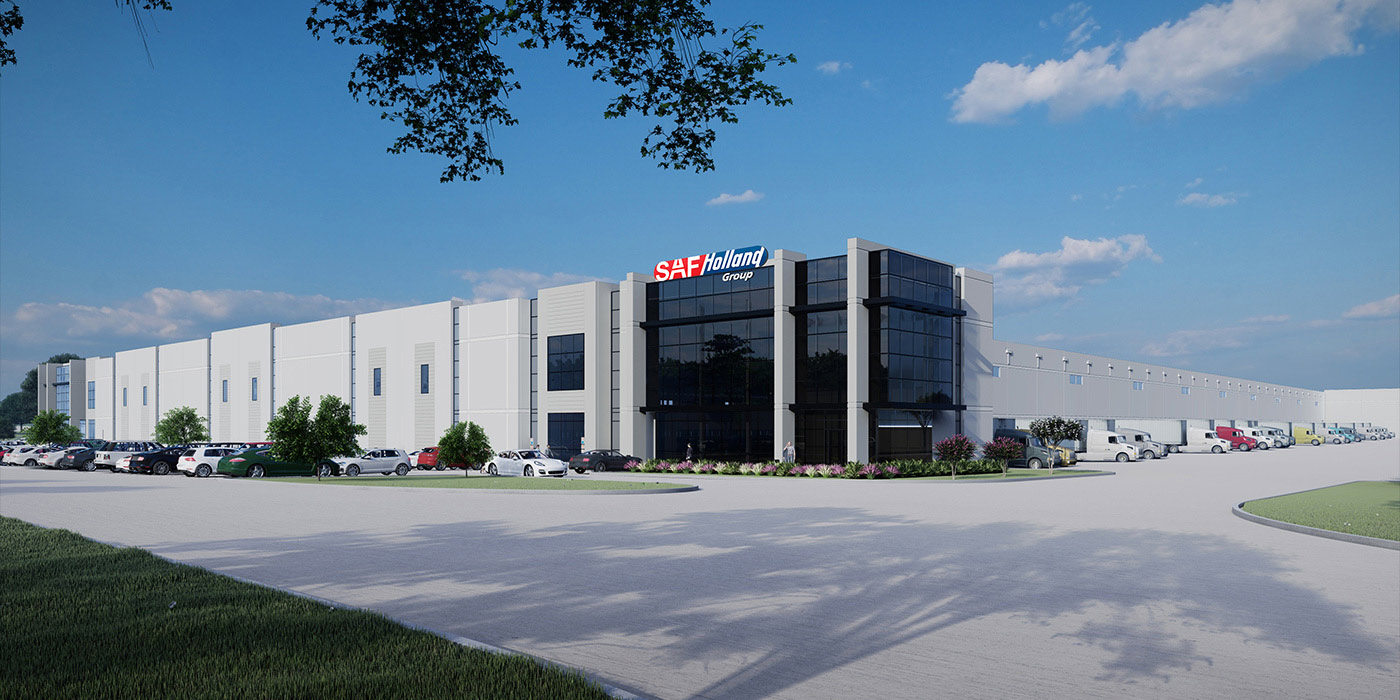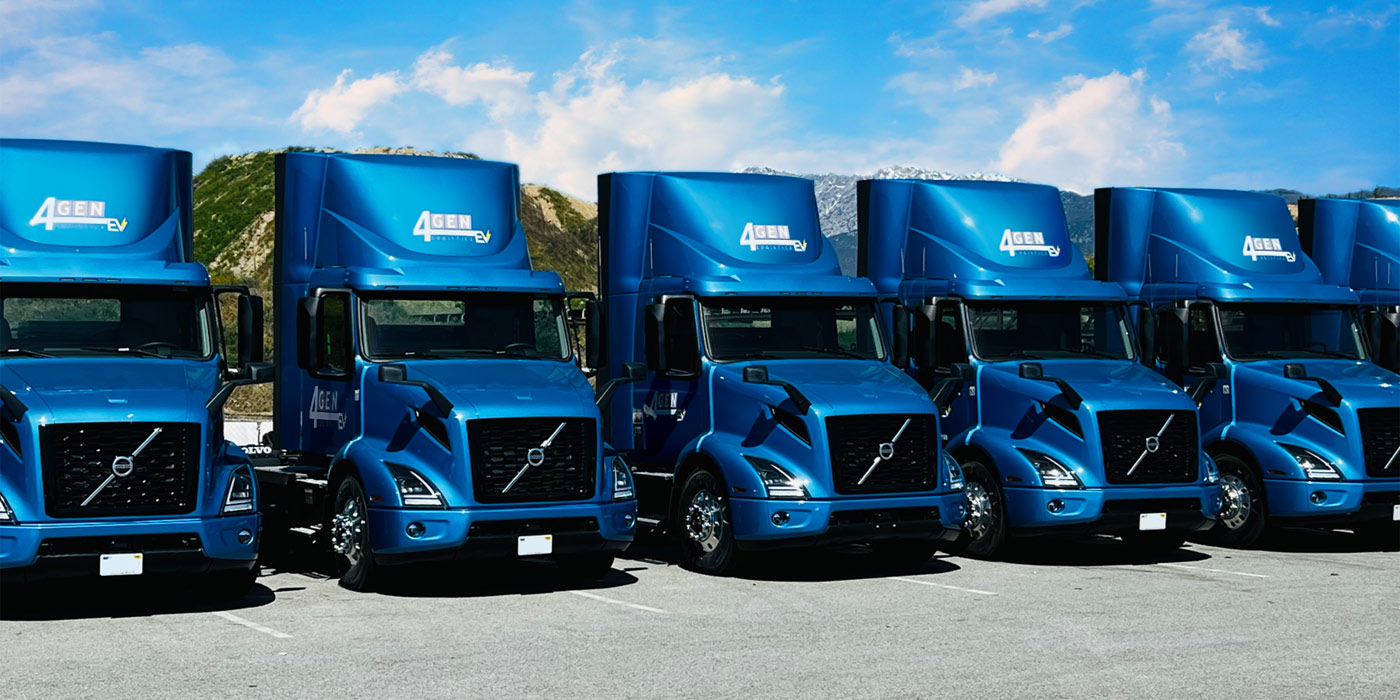Modern radial truck tires have come a long way. Long-term casing durability is nearly taken for granted today, assuring multiple retreads for most line haul applications. More recently, wear issues (irregular wear on free-rolling axle positions) have been reduced to the point that technicians often suspect mechanical issues rather than simply reporting “tire problems” as a first response. Rubber tread compounds have evolved to deliver higher levels of fuel efficiency, all-weather performance and resistance to chipping or chunking. Drive tires that have solid shoulder ribs deliver smooth wearing, high mileage service on modern soft riding air suspensions.
In short, tires have become more trouble-free and reliable. In spite of this, some fleets continue to use tire replacement guidelines that are more in tune with earlier tire products and maintenance practices.
Consider several good reasons NOT to replace tires before their full tread life has been realized. First, all tires wear more slowly as tread depth diminishes. This is normally quantified by the miles delivered per each 32nd of tread loss. The difference is greatest for drives, followed by steer, and the least for shallow tread trailer tires—and can be as much as 20%. Prematurely replacing these tires means sacrificing the portion of tread life that delivers the lowest cost-per-mile.
The fact that truck tires operate at considerably higher unit tread pressures than smaller tires means that traction is generally not compromised at lower tread depths, so long as they are still above the minimums required by industry standards and Federal regulations. An added incentive is that extended removal mileages postpone cash flow outlays for replacement tires.
Maximizing fuel economy is another good reason to leave tires in service. It is well documented that tire-related fuel efficiency improves as tires wear. Reasons for this can be complex, but as tread elements become shallower, they “squirm” less when rolling through the footprint contact area, resulting in less heat/energy loss to the surroundings. Improvements of 4.5% at 50% wear and 6.5% at 80% wear are typical. In fact, today there is likely more difference between any given tire of the same brand/type when new versus worn than exists among major tire brands for tires of any given axle application (e.g. steer or drive). Both treadwear rates and rolling resistance improve substantially as tires continue in service, lowering cost-per-mile.
Combining the goals of extending removal mileages as noted above should, of course, be balanced with the traditional objectives of maintaining casing integrity for retreading, avoiding unscheduled shop time for tire issues, and minimizing road service calls. This equation can be addressed today with the use of high quality tire products, updated maintenance practices and new tools. A wise first step is to review current tire removals, noting the alleged “cause.” A common issue is that reported reasons often don’t coincide with the actual one, but instead are listed under an “available” code to mask such reasons as an arbitrary driver request. Any removal having more than 3-4/32nds of usable tread (beyond industry or federal guidelines) left should be examined closely to see if there are any actual tire, mechanical or seasonal reasons that justify the premature takeoffs. All mid-life tires that remain after one of a set is replaced should be paired with a used, matching replacement whenever possible, as opposed to replacing tires in sets.
One caveat is that tires operating in unusually puncture-prone service conditions may benefit from earlier than normal removals to maximize casing durability, but this generally does not apply to most over-the-road applications.
Tools, such as tire pressure monitoring systems (TPMS) and automatic tire inflation systems (ATIS), combined with more frequent visual tire inspections can be helpful in extending take-off mileages. Frequent make-up air requirements should be noted on vehicle logs and all ATIS installations should include a warning light to show when make-up air is being sent to maintain inflation. Punctures should be repaired as soon as possible in order to maintain long-term casing integrity. Drivers and technician visual inspections, such as those implemented for CSA, also should be used to detect and report tire issues that may be repaired promptly.
Today, tires have evolved to become assets to be managed, rather than simple expense items. As with all costly assets, their full life capabilities should be utilized.

